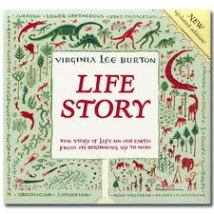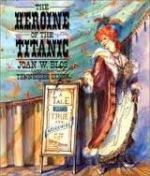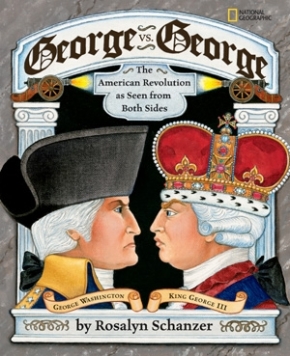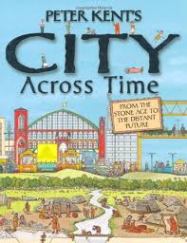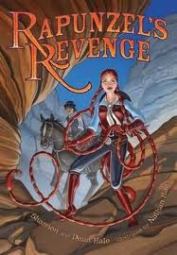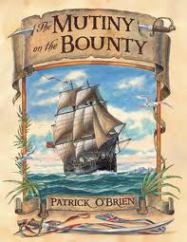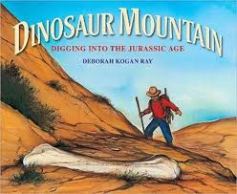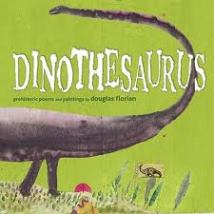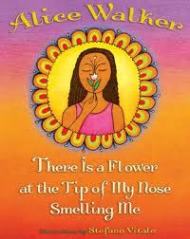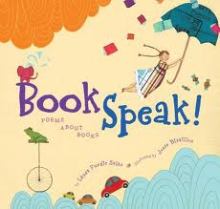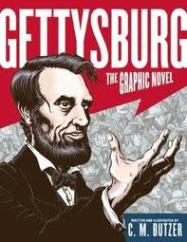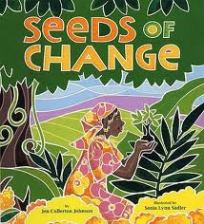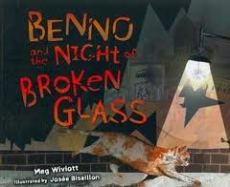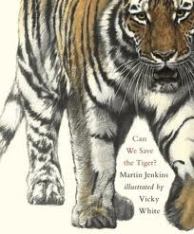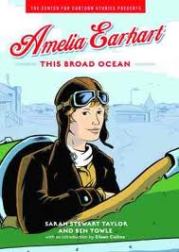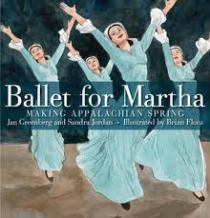Walker, Alice, 1944-. (2007). Why war is never a good idea. New York, NY : HarperCollinsPublishers. ISBN: 0060753854.
Annotation: Rhythmic poetry that discusses how war changes the environment, animals, and the all around humanity of the world without cause or care.
Commentary: I understand why this book is cataloged as an Easy picture book, because of the reading level – it does not require a high level, but like so many books it is about understanding the content that makes the book more appropriate for young adults. War is not easy concept to understand. The artistry demonstrating war is extremely compelling. The use of so many different elements and materials clearly reflects the exorbitant amount of damage left behind by war and disseminating the damage is like attempting to understanding all the material used in these illustrations. I also enjoyed the change in page layout orientation from horizontal to vertical in order to better convey the illustration and it’s message of how the bi-product of war creeps into the ground consequently damage the well water. Great book for all ages, but even better for young adults. A serious reconsideration for this book cataloging is needed.
Artwork: acrylic paint, wood, bark, found objects, metal, collage, and melted wax(?)
Author website: no author website
Illustrator website: http://www.stefanovitale.com/


